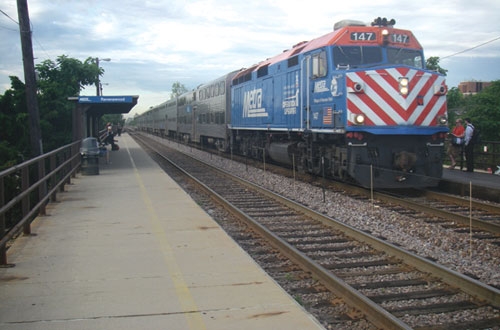Hamberger: Freight railroad investments provide foundation for intercity and commuter rail
Written by Jenifer Nunez, assistant editor
Association of American Railroads (AAR) President and CEO Edward Hamberger on June 27 told the House Transportation subcommittee on railroads, pipelines and hazardous materials that the billions of private freight railroad investments spent annually on infrastructure and maintenance today provides
a world-class foundation for America’s intercity and commuter rail operations.
At a hearing focused on national rail system policies in advance of reauthorization of the Passenger Rail Investment and Improvement Act, Hamberger stated that the privately-owned freight railroads for 40 years have successfully worked with Amtrak and local commuter railroads to ensure millions of American intercity passengers and commuters can travel safely and reliably by rail every day.
“It has been incredibly reassuring that this administration and Congress recognize that any planned expansion of passenger rail – whether it’s high-speed or expanded intercity passenger service – must be done in conjunction with, and not at the expense of, the nation’s freight rail operations,” Hamberger said.
Hamberger explained that outside of the Northeast Corridor, nearly all of Amtrak’s 21,300-mile system relies on tracks and other rail infrastructure owned and maintained by freight railroads. Freight railroads also provide other essential services to Amtrak, including train dispatching, emergency repairs, station maintenance and occasionally police protection and communications capabilities. Because of this four-decade partnership, freight railroads believe Amtrak should operate long distance intercity passenger trains.
“Each project involving passenger rail on freight-owned tracks in general and high-speed rail projects in particular, has its own unique challenges and circumstances to work through with all parties involved,” Hamberger said.
In addition to hosting Amtrak and daily commuter rail trips, freight railroads maintain a 140,000-mile rail network serving nearly every industrial, wholesale, retail and resource-based sector of the economy. Hamberger added that total freight shipments are expected to increase in the future and railroads will continue to invest to have adequate capacity needed to meet customer demand.





